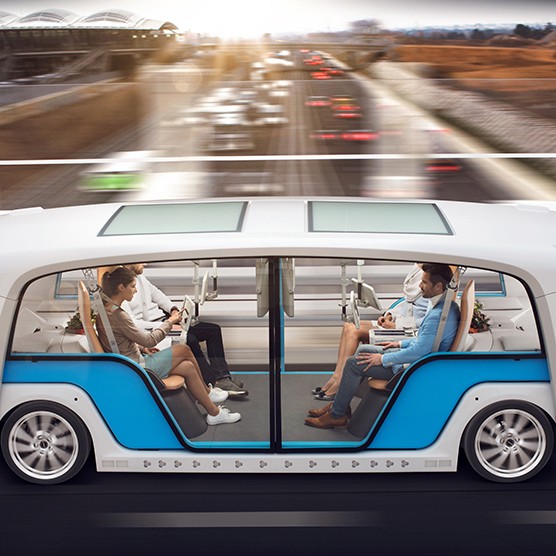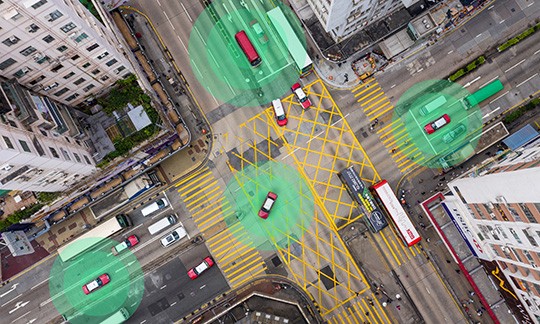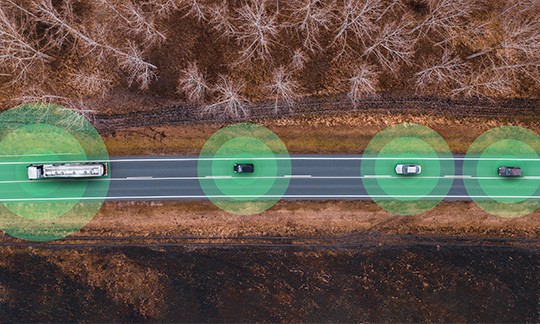
ZF's Bold Vision for a Safer Tomorrow
CUSTOMER STORY
TRANSPORTATION | 7 MINUTE READ
How one company is shaping the next generation of mobility.
In 2019, there were 1.35 million traffic fatalities around the world. Another 50 million people are hurt each year in automobile accidents. With sobering statistics like these, it’s hard to envision a world where there are zero deaths or severe injuries from collisions.
But ZF, a leading global supplier of systems for passenger cars, commercial vehicles, and industrial technology, imagines that future every day. The company believes it can achieve safety and efficiency simultaneously with all-electric and autonomous mobility, and it envisions a planet that’s not only safer but clean and sustainable.
NI met with ZF to understand how its current ventures and prospects are helping to shape the next generation of mobility.
A Safer Tomorrow
But what causes traffic fatalities and injuries? Simply put, we do. An estimated 90 percent of vehicular-related deaths and severe injuries are caused by human failure. Autonomous vehicles minimize instances of human error through in-vehicle technology and sensors. For example, cameras and radars sense potential dangers better than drivers can.
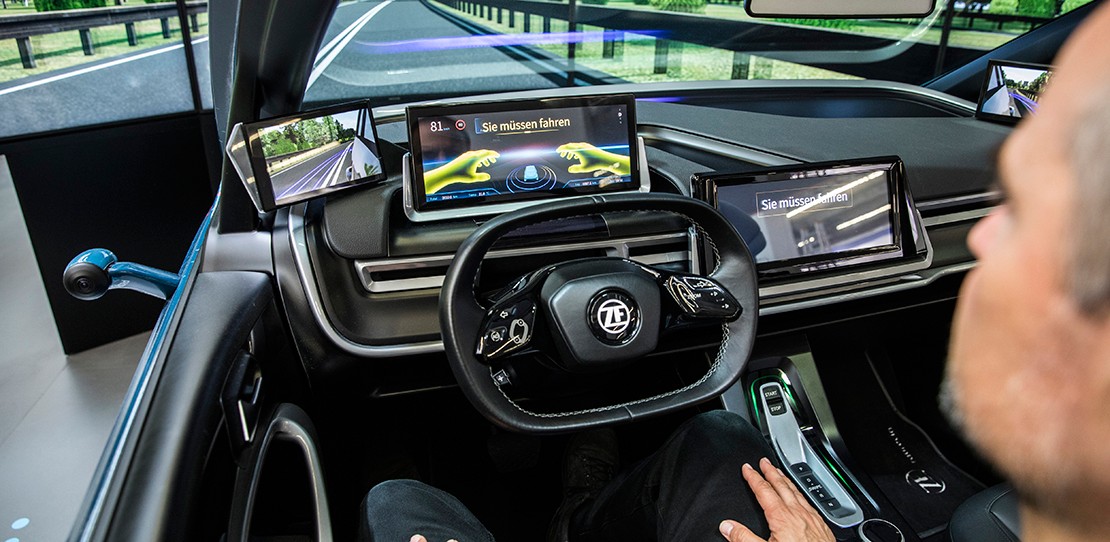
With over 160,000 employees worldwide, ZF is uniquely positioned in the industry as a full systems provider, helping make Vision Zero a reality alongside likeminded companies. ZF engineers ambitiously in four technology areas: vehicle motion control, integrated safety, electric mobility, and automated driving. It’s focused on active and passive safety systems—preventing you from getting into an accident and helping to protect you if you do.
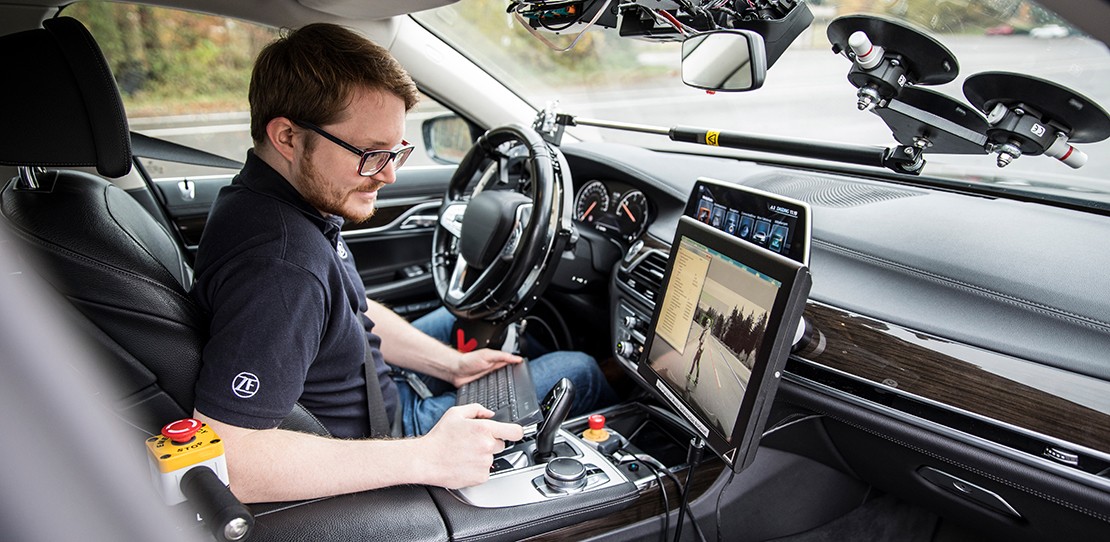
More Than a Catchy Slogan
ZF equips autonomous vehicles to “See, Think, and Act.” But this isn’t just a clever slogan—it’s what the company does each day to help enhance vehicle safety.
See. ZF can interconnect cameras, radar, and lidar, providing a 360-degree panoramic view around the vehicle. ZF is the world’s leading producer of intelligent front-facing cameras. These cameras utilize sophisticated technology to sense and discern the types of objects in front of and around the vehicle.
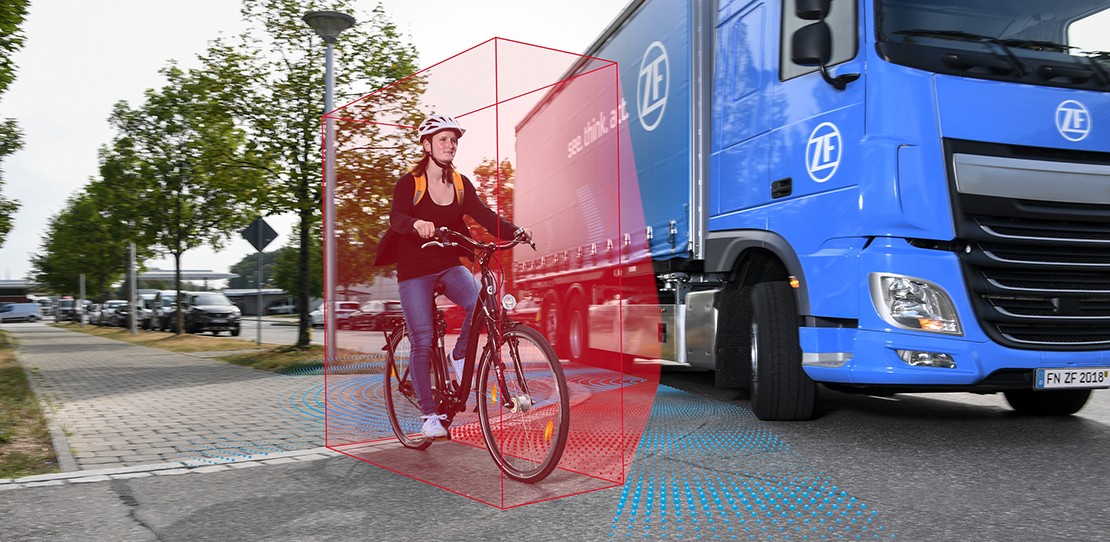
Think. ZF designs develops, produces, and supplies sophisticated electronic control units. Its scalable ProAI microprocessor family enables the highest computing power in the industry and facilitates artificial intelligence (AI) for automated driving functions. ProAI manages the complex calculation of the surroundings based on a fusion of camera, radar and LIDAR data. ProAI also integrates user data via the Cloud for optimal route planning and implementation and can collect experience through deep learning. The learning and networking capacity of ZF ProAI can help make an entire fleet of vehicles safer and more efficient by means of “swarm intelligence” —allowing cars or vehicles connected to one another to learn as a group instead of having to adapt to challenges individually.
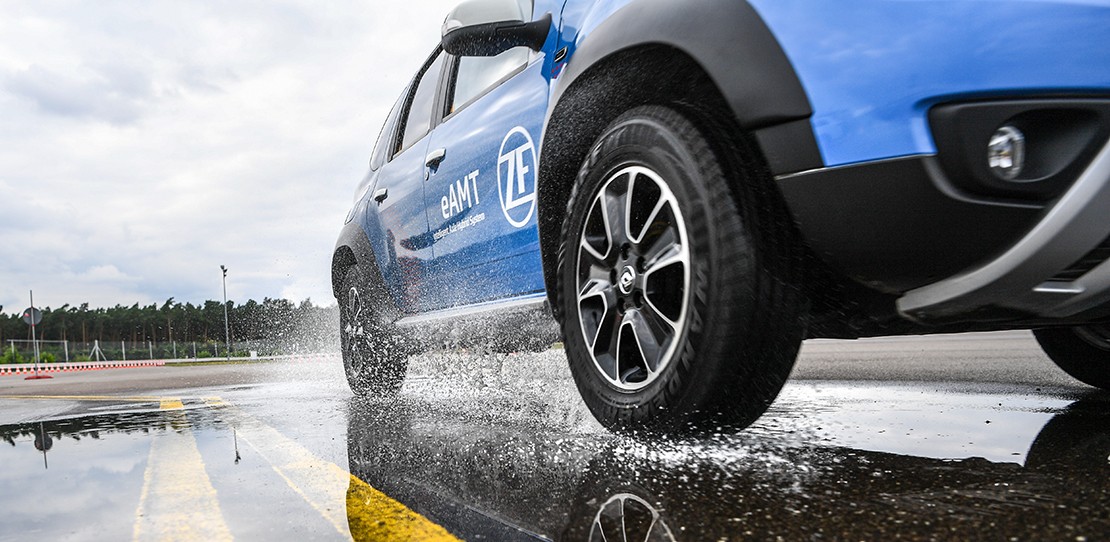
Act. The company can connect mechatronic systems in the driveline and chassis systems to create modern vehicle motion control functions. Not only does this help make vehicles safer, it improves their efficiency.
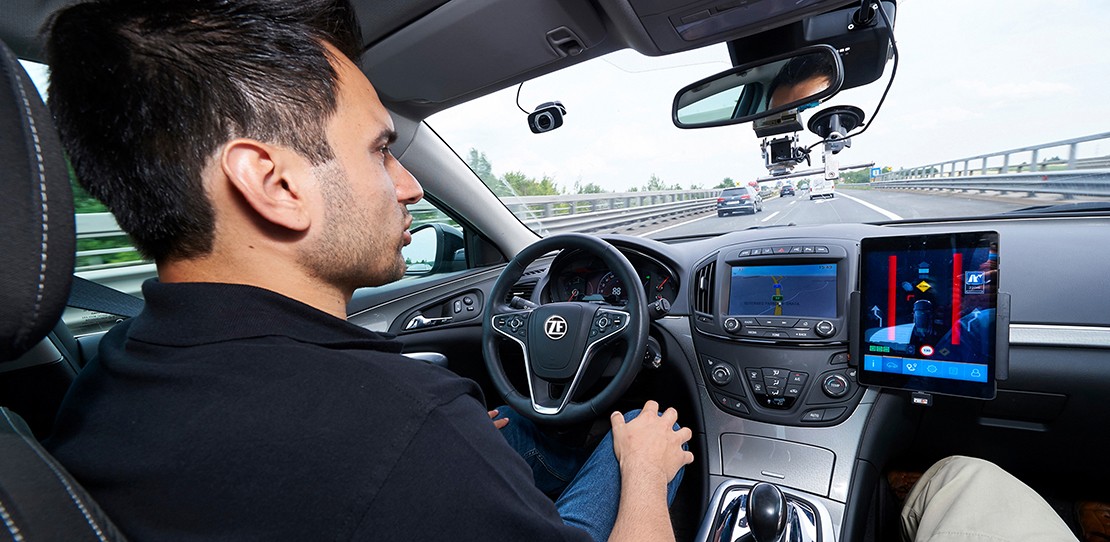
Bringing the Future to Life Today
Even though the year 2050 is decades away, we don’t have to wait for tomorrow’s innovations. ZF is committed to consistently releasing technology that we can all experience now, including tools that support automation level 2+. The six levels of autonomous driving cover the range from manual to fully automated control. ZF’s co-ASSIST, co-DRIVE, and co-PILOT features offer intelligent system functions for Level 2/2+ vehicles. Although the driver must always remain attentive in case it becomes necessary to take over the vehicle, these systems offer functions like Highway Driving Assist for added comfort on long drives.
In January 2020 at the Consumer Electronics Show (CES), ZF’s CEO Wolf-Henning Scheider announced, “With ZF co-ASSIST, we’re making a Level 2+ system for the first time, bringing safety and comfort functions familiar from the luxury class to less expensive vehicle segments.”

Scheider also unveiled advances in commercial vehicles. “In the case of commercial vehicles, we’re already seeing strong demand for systems that make fully automated driving to Level 4 and higher possible,” he said. Although the use of fully automated passenger cars for public transport depends on regulations, commercial vehicles can already operate in highly automated modes within closed areas or defined lanes in parts of the world.
The Role of Test
ZF is going beyond ideas and prototypes to ensure its products work in different real-world conditions. Enabling this level of safety and efficiency requires rigorous testing, as Dr. Thomas Herpel, test system development manager at ZF Zukunft Mobility in Germany, can attest. His passion for technology and cars dates back to his studies in computer science and electrical engineering.
Testing must include real-world scenarios and complex functions that are highly networked. These requirements are challenging but ultimately essential to driver and passenger safety.
Testing must include real-world scenarios and complex functions that are highly networked. These requirements are challenging but ultimately essential to driver and passenger safety.
Thomas commented on how advancements have accelerated over the past decade. “Compared to 2010, the degree of virtual environment tools and modeling has significantly grown. Testing must include real-world scenarios and complex functions that are highly networked. These requirements are challenging but ultimately essential to driver and passenger safety,” he said. When asked what excited him about the future, Thomas mentioned the development of complex hardware-in-the-loop (HIL) test systems for ZF’s autonomous shuttle projects.
Today’s cars are loaded with software. That’s one reason ZF is encouraging a global standardization for the validation and testing behavior of automobile software. Indeed, the company is on a mission to achieve flexibility and standardization, and that’s where NI comes in.
NI software-connected test systems allow ZF to swap components in and out of the tester to match the testing needs of the system, whether that’s an additional sensor, processing, or communications capability. NI’s solutions save ZF time and enable scalability. This means ZF’s test programs can keep pace with its own innovation timeline.
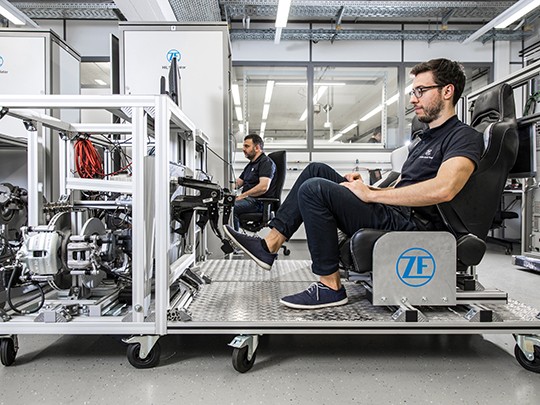
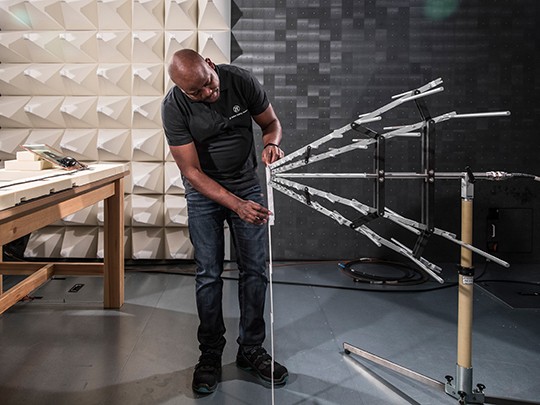
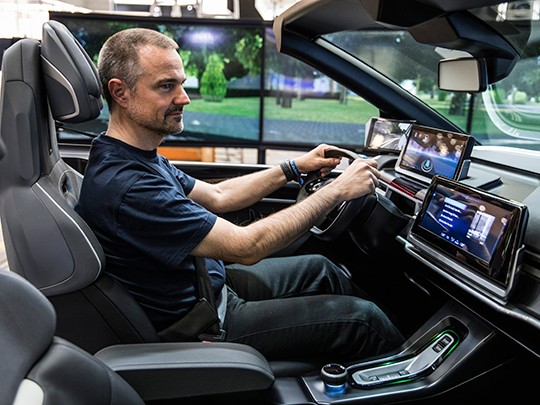
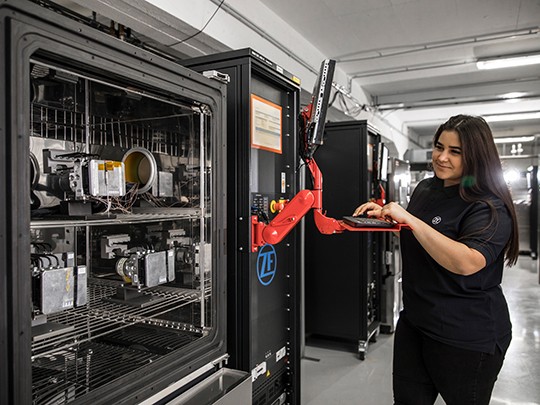
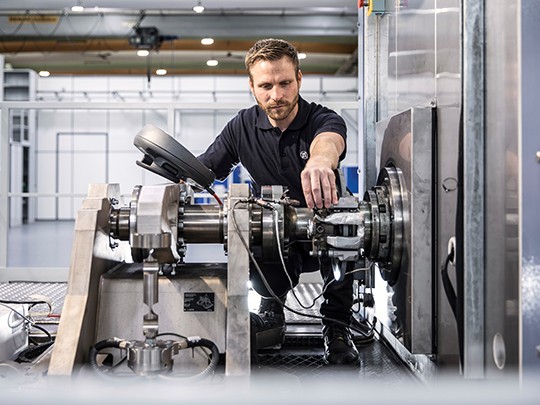
What’s Next for ZF?
On its quest to build next generation mobility, ZF is engineering ambitiously. It’s working on several exciting advancements, from an automated parking chauffeur to highway and traffic jam assistance systems to Level 4 shuttles.
ZF sees a future filled with fully autonomous shuttles moving people and goods. A future where cars and trucks no longer produce emissions. A future with zero deaths and zero injuries. And with every project the company takes on, the world gets a little safer and a little greener.

ZF, which acquired WABCO Holdings Inc. on May 29, 2020, has 160,000 employees worldwide, with approximately 260 locations in 41 countries. In 2019, the companies achieved sales of €36.5 billion (ZF) and $3.4 billion (WABCO), respectively.
ZF is a leading supplier of advanced electronics technology, including camera, lidar, and radar, that enables adaptive cruise control, lane-keep assist, automatic emergency braking, emergency steering assist, and crash-avoidance systems.
ZF offers established vehicle manufacturers and newly emerging transport and mobility service providers comprehensive solutions in the four technology domains: vehicle motion control, integrated safety, automated driving, and electric mobility.
Experience the Future
New vehicular technology is already being piloted in several different locations. In Rotterdam, Holland, for example, you can ride in an electric, driverless shuttle that services a route between a metro station and a business park. If you visit the airport in San Antonio, Texas, you can hop on an autonomous shuttle. And in Japan, autonomous shuttles will be used at the next Summer Olympic Games and already operates in the city of Sakai.
